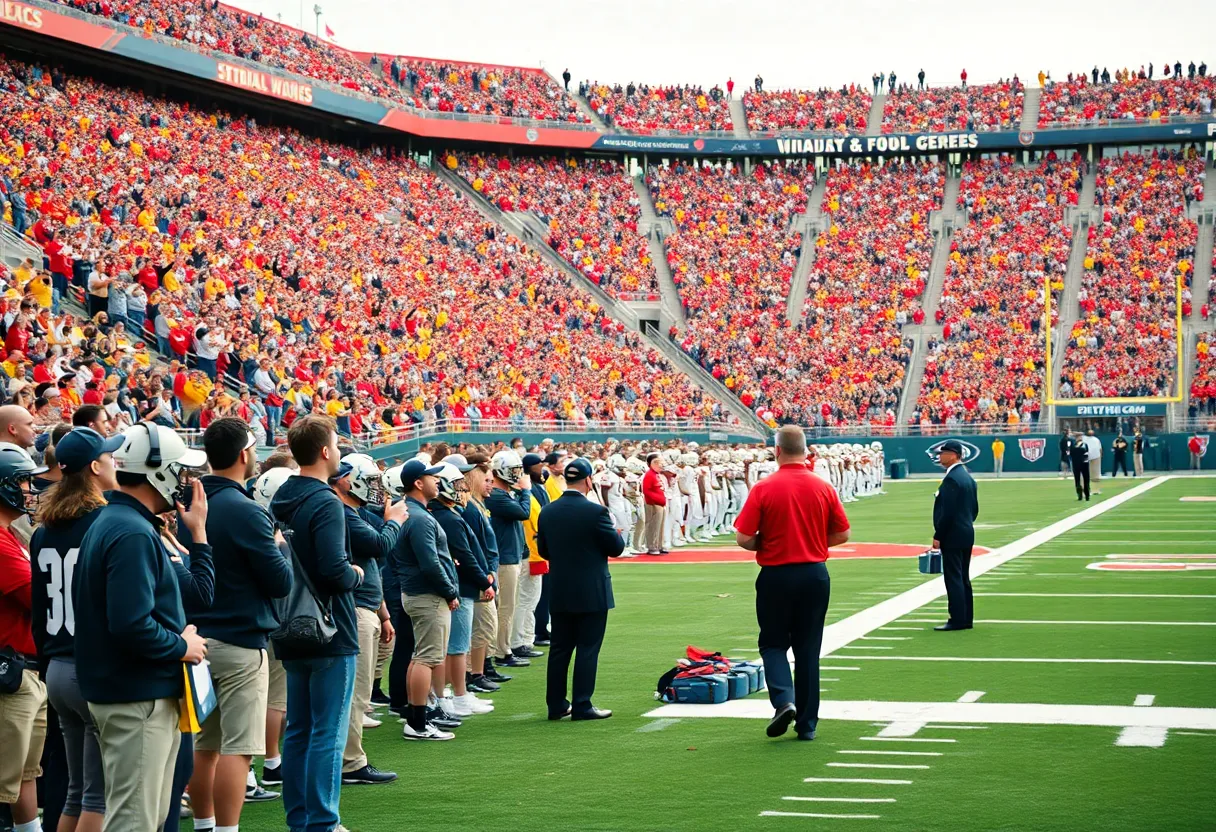Beryl Downgraded to Tropical Storm After Devastating Texas with 100mph Winds
Tropical Storm Beryl, previously categorized as a hurricane, made landfall in Texas early Monday morning, leaving a trail of destruction in its wake. The storm reached Matagorda, Texas’s coastline around 4 am CDT, with wind speeds clocking in at over 100mph. However, as the storm moved inland towards Houston, it was downgraded to a tropical storm.
Massive Power Outages and Fatalities
Within hours of hitting the coast, Beryl’s fierce winds and heavy rainfall led to power outages for hundreds of thousands of residents. Two fatalities have also been reported in the Houston area, resulting from trees falling on residences due to the storm’s severity. The National Hurricane Center (NHC) continues to caution residents about the possibility of life-threatening storm surges and severe weather conditions.
Widespread Impact and Precautionary Measures
Government officials were preemptive in their response, with Acting Texas Governor Dan Patrick declaring 120 counties as disaster areas before Beryl’s arrival. Relying heavily on the forecast, Patrick warned Texans that, despite being downgraded to a tropical storm, Beryl could still be deadly.
School systems, airports, and major oil shipping operations were suspended for the day. Over a million people in Texas were placed under a hurricane warning, bracing themselves for the oncoming storm. Prior to hitting the United States, Beryl had already wreaked havoc as a Category 5 hurricane through Mexico and the Caribbean.
Forecast Updates and Future Developments
Despite being downgraded, Beryl continued to pose a potential threat. A meteorologist considered Beryl’s trajectory as the “worst possible track” because the storm’s eye was headed towards Houston. Residents in eastern Texas and the upper Texas Gulf Coast were advised to prepare for flash flooding and watch out for harsh wind gusts. Meanwhile, beachgoers and sea farers were cautioned about the probability of rip currents escalating due to the prevailing conditions.
Although Beryl has been reduced to a tropical storm, forecasters assure that it will not be the last named storm for this season. Hurricane expert Alex DaSilva warned that temperatures at the sea surface could rebound within two weeks of Beryl’s passage, indicating an increased risk for more tropical threats in the Gulf of Mexico.
Beryl’s Destruction Visualized
The immediate aftermath of Beryl’s landfall is grim. Streets are flooded, power lines are down, and widespread damage is evident across impacted communities. While flight operations were significantly hampered with approximately 2,000 flights cancelled across the country, the greatest impact was on Houston’s two airports, with nearly 80% of flights being suspended.
Despite being downgraded to a tropical storm, officials emphasize that Beryl still poses significant danger. Life-threatening storm surge, damaging wind gusts, and considerable flash flooding are expected to continue through portions of southeast Texas.
As Texas continues to grapple with the aftermath of Beryl, citizens and officials alike are urged to remain vigilant. As the storm weakens and eventual recovery begins, the need for preparedness for future threats remains a critical concern.

Author: STAFF HERE MEMPHIS WRITER
The MEMPHIS STAFF WRITER represents the experienced team at HEREMemphis.com, your go-to source for actionable local news and information in Memphis, Shelby County, and beyond. Specializing in "news you can use," we cover essential topics like product reviews for personal and business needs, local business directories, politics, real estate trends, neighborhood insights, and state news affecting the area—with deep expertise drawn from years of dedicated reporting and strong community input, including local press releases and business updates. We deliver top reporting on high-value events such as Beale Street Music Festival, Elvis Week, and Memphis in May International Festival. Our coverage extends to key organizations like the Greater Memphis Chamber and the Memphis Convention & Visitors Bureau, plus leading businesses in logistics, healthcare, and music that power the local economy such as FedEx, St. Jude Children's Research Hospital, and AutoZone. As part of the broader HERE network, including HEREBristol.com, HEREChattanooga.com, HEREKnoxville.com, and HERENashville.com, we provide comprehensive, credible insights into Tennessee's dynamic landscape.






